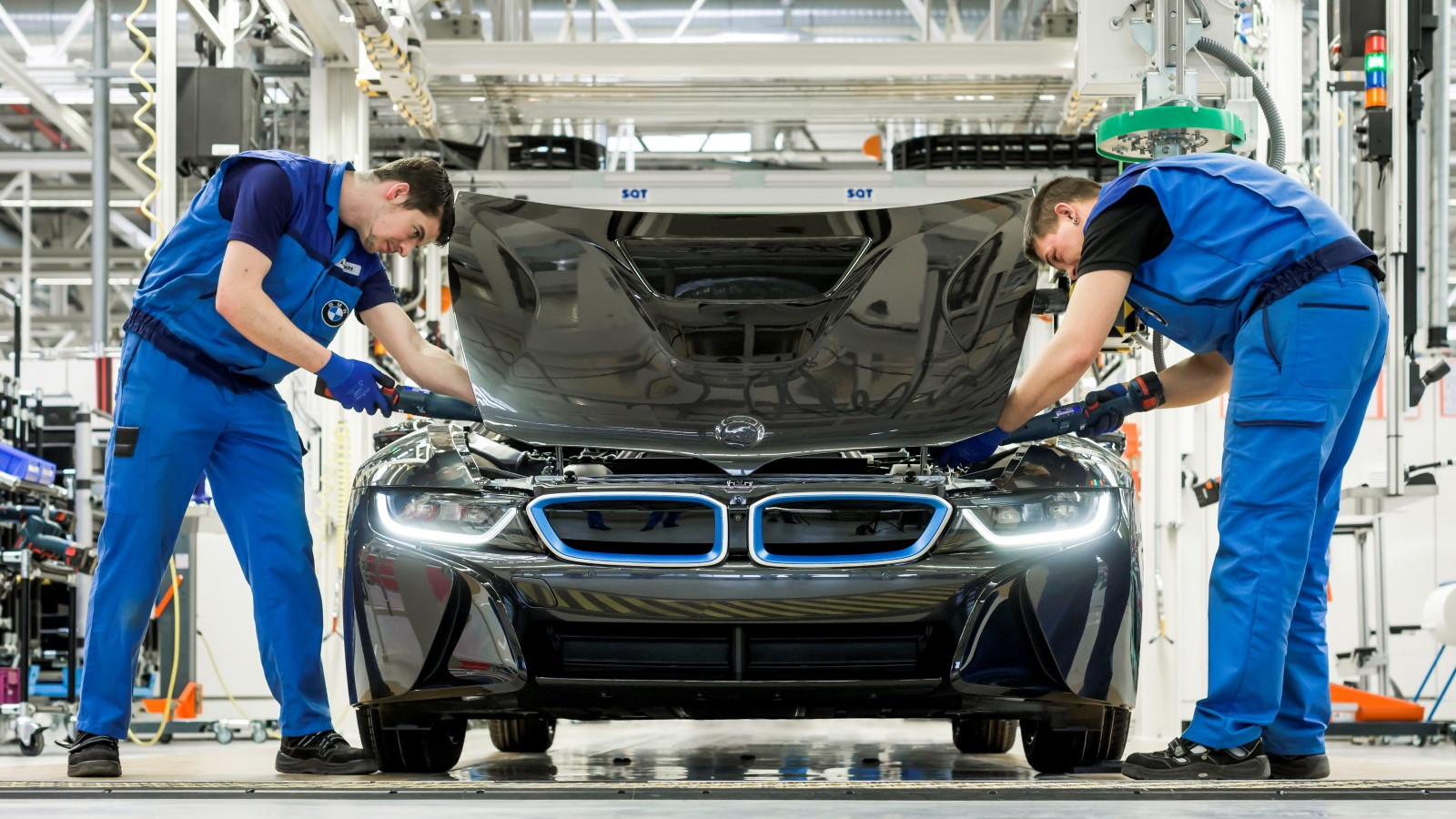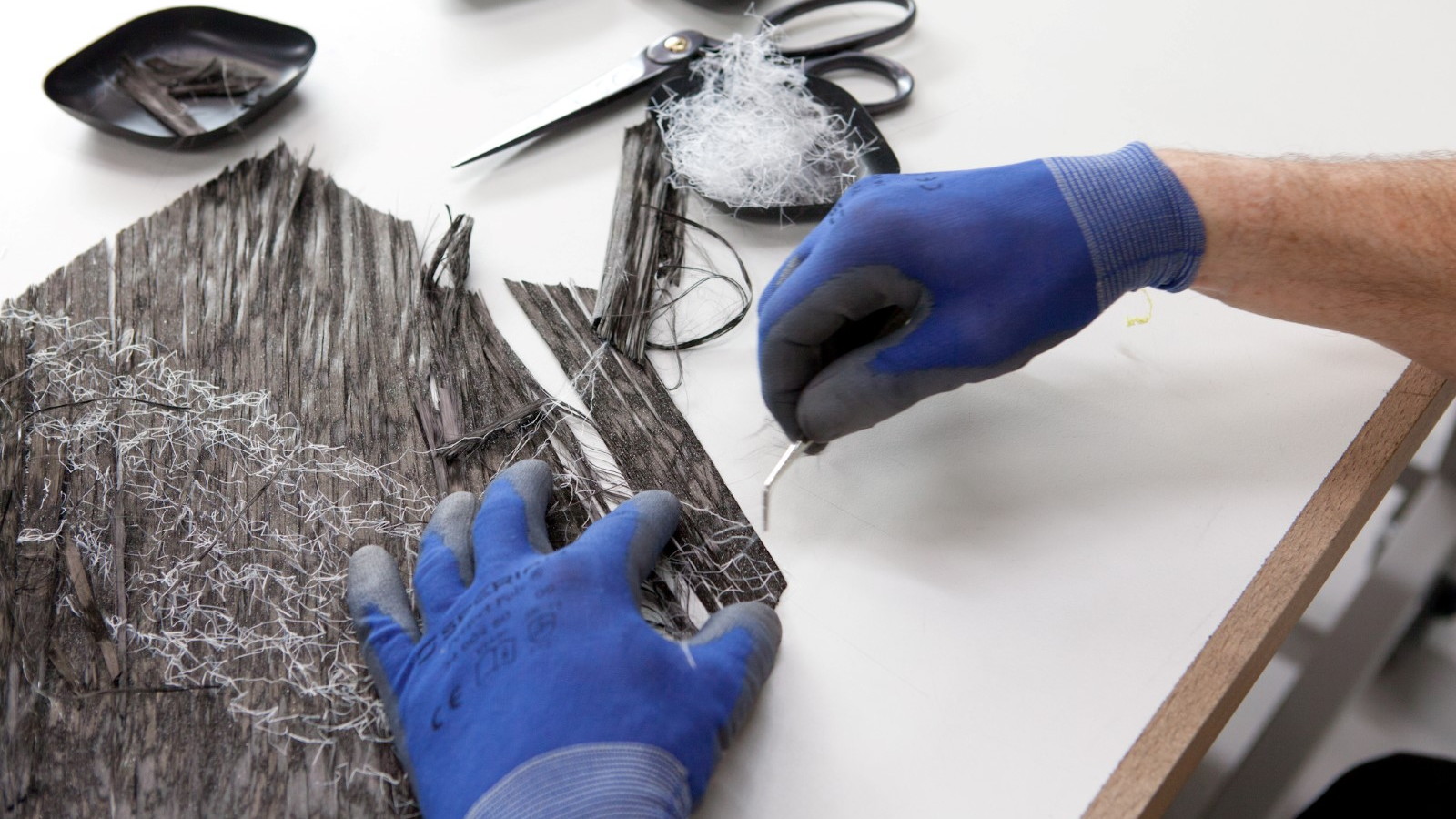MUST SEE: 1,000-HP Superbird Rips Down Runway At 194 MPH: Video
The title smacks of marketing-speak, but LifeDrive actually refers to two separate elements of the i8's construction, both of which save BMW time and money despite extensive use of carbon fiber reinforced plastic (CFRP) and aluminum--each usually time and resource-intensive. 'Life' refers to the CFRP module itself, a race-car style carbon monocoque which encapsulates the car's passenger space. 'Drive' is an aluminum module, containing the i8's drive systems and chassis technology.
Environmental responsibility is entwined with production at every level, starting with production of the carbon fibers themselves, at a hydroelectric-powered plant in Moses Lake, Washington State. Bound and wound on reels, these are processed into carbon fiber laminates at Wackersdorf in Germany. From there, the laminates are turned into components--at Landshut for the i8 sports car, and Leipzig for its all-electric i3 stablemate. The strength of CFRP means small, complicated sections can be made and later joined together, far more cost-effectively than forming big, equally-strong parts from aluminum or steel. Much of the work is automated, too--a far cry from the manual labor-intensive processes of earlier carbon fiber vehicles.
DON'T MISS: Monaco Valet Rams Lamborghini Aventador Into Passing RAV4: Video
Carbon fiber components are all joined together at the final production facility in Leipzig, alongside the i3. Components are bonded together--with none of the noise of joining steel panels--and the car's robust thermoplastic panels attached to the chassis. The CFRP shell is also mated with the Drive module, whose aluminum casting start life at BMW's Dingolfing plant. This too is a highly automated process. The car's batteries stem from the same plant, while the 1.5-liter turbocharged engine is produced in the U.K. and the car's electric motor at Landshut.
All components come together on one line at Leipzig--its 20-hour production process half the time it would take to build the car conventionally. The result? You can read that for yourself in our first drive review.
_______________________________________






